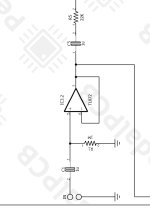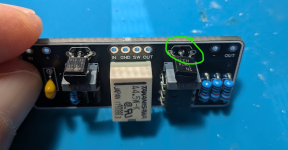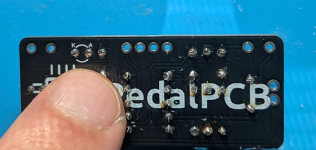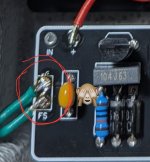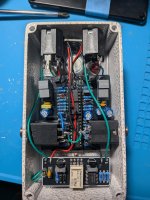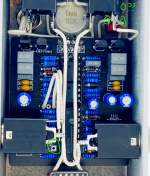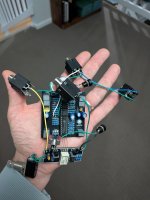zeropluszero
Well-known member
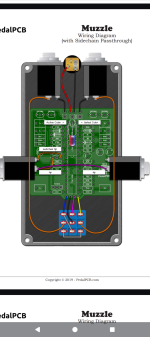
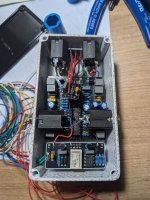
This is potentially more of a sanity check than anything else. I'm building a muzzle, and I'm using a basic relay, as well as a simple jfet buffer for what I hope is the input. I heard this circuit likes a buffered input so I figured internally would be good.
It's just occurred to me that the input for this circuit is actually the side Jack if I'm planning to use this in 4 cable method..so the buffer on the input needs to be between the side chain input and the relay, do I have that right?
And if I took it out of 4cable, say if I wanted to just use two cables, I would use the top jacks, and I would in this case lose the buffer, which I'm sure is fine. Or would I use the two side jacks and not the top jacks?
I should probably get some sleep.
Just so everyone knows, it's smart to attach the footswitch to the relay before you solder the relay board to the PCB using resistor wires. If I haven't broken a connection on this project, between the offboard switch, relocated led and this other stuff I'm jamming in it it will be a miracle.

